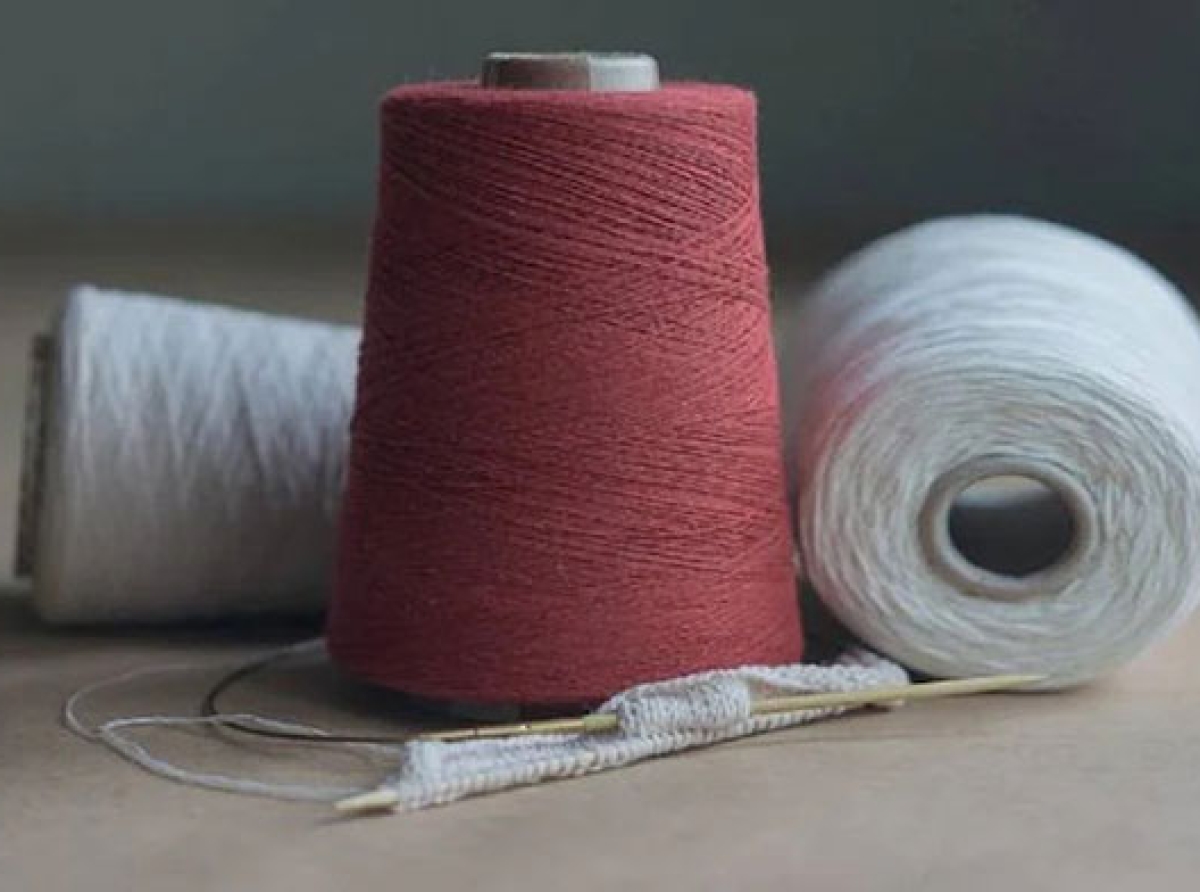
Price rise led by demand momentum may face temporary headwinds
This report, by Ankita Shere, highlights the trends in the sub-segments of the textile sector such as including cotton, man-made fibres (MMF), yarns and fabric.
A rise in international and domestic demand along with minimal opening stock has ensured a continued surge in domestic cotton prices during November 2021, despite new cotton arrivals and nil procurement by Cotton Corporation of India, according to India Ratings and Research (Ind-Ra). The prices of Shankar-6 (medium staple) increased by 14% month on month (mom), and remained higher by 55% year on year (yoy) because of the strong demand and lower base effect. Prices in China also shot up in November 2021 due to a yoy lower cotton output for the current season, leading to a supply shortage amid the strong demand. Ind-Ra expects cotton prices to get corrected in the short term, because increased new arrivals as well as the spread of Omicron variant would affect the demand and prices.

Stock-to-use ratio expected to decline
Ind-Ra expects inventory levels to decline by end of the current cotton season with the lower opening stock and a slightly higher consumption. Incremental consumption levels are likely during the current season against a marginal increase in production, hence reducing the expected ending stock as per USDA-FAS. Similarly, the domestic stock-to-use ratio is expected to decline in the new cotton season.
Cotton yarn prices increase
Ind-Ra expects cotton yarn and spurn yarn prices to continue to rise in the short term, due to a higher demand from downstream players as well as export markets. Cotton yarn prices increased 8% mom in November 2021 due to the rise in cotton prices as well as a reduction in the production amid the high export and domestic demand. The increased cotton yarn prices have increased the cotton demand from spinners due to a rise in margins.
MMF prices volatile
MMF product price movement in November 2021 remained volatile due to volatility in raw material prices. On increased raw material prices in October 2021, Chinese MMF production was cut down to minimise losses. This led to a lower demand of raw materials in China over November 2021 which supported a softening of prices. Indian purified terephthalic acid prices remained higher due to the high domestic demand. Accordingly, Indian polyester staple fibre and viscose staple fibre prices increased by 5% and 8% yoy, respectively, further supported by the demand substitution by MMF products due to the rise in cotton prices.
Fabric and apparel demand improves
The production of all the three types of fabrics – woven, knitted & synthetic – continued to improve as per the latest available data up to September 2021, and surpassed the pre-covid levels. Consequently, the prices cotton hosiery and polyester fabrics rose. The agency expects the prices of apparel and garments to increase further with a rise in the export demand and domestic demand coupled with an increase in the revised GST rates to 12% from 5% which is expected to be passed on to end-consumers.
Improved apparel production
Domestic apparel production index improved 405bp mom as of October 2021 due to increased export shipments, supported by a high festive demand and easing of supply chain issues. The average realisation of ready-made garments increased 2% mom in October 2021.
Healthy performance of home textile players
Wholesale Price Index and the pricing of all products remained stable in November 2021. The demand momentum sustained for all products in the export market because of improved consumer spending.
About the author:
Ankita Shere is the Analyst at India Ratings and Research Pvt Ltd




